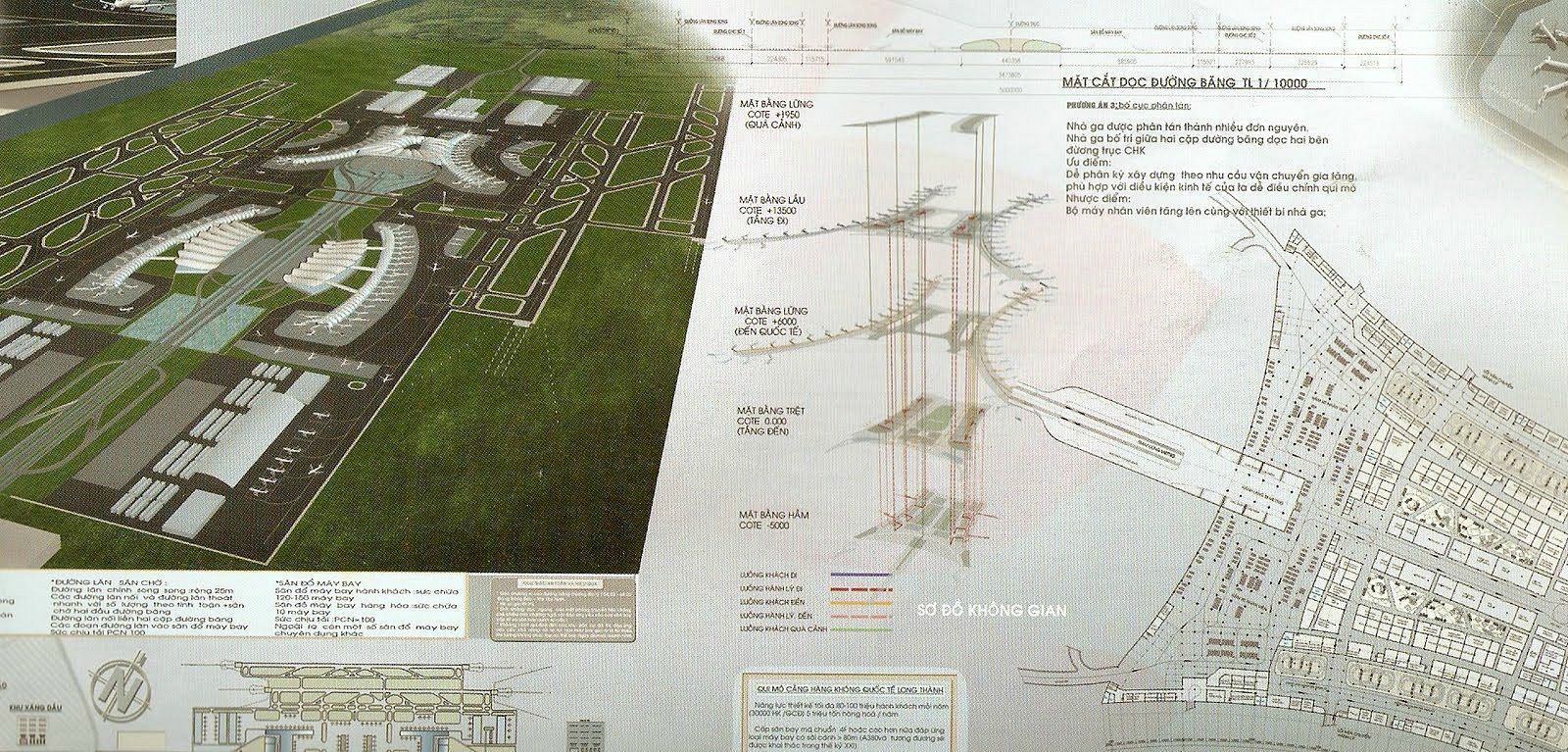It’s no secret that Saigon aspires to be the commercial and tourist hub of Southeast Asia. Even as the economy has slowed, tourism in Vietnam is growing at a pace of 11% annually. Government officials expect the economy to bounce back and for growth in the tourism sector to continue. To accommodate the rising number of visitors, plans for additional International airports across Vietnam are in the works.
The largest of these projects, Long Thanh International Airport, will be constructed on the outskirts of Saigon and will replace the 80 year old Tan Son Nhat International Airport.
Before we find out more about the new airport, let’s take a look at Tan Son Nhat and why it will soon be playing second fiddle. The original airport, comprised of unpaved runways, was built by the French (surprise!) in the 1930’s near the village of Tan Son Nhat which was, at the time, far outside of the city limits. The airport, initially built for commercial flights between Saigon, France and SE Asia, was converted to a transport base under Japanese occupation during WW2. Shortly after the war, the airport was militarized by returning French forces and, in 1956, the headquarters of the French 'Vietnamese Armée de l'Air (VALA)’ was moved to Tan Son Nhat.

The airport was continually upgraded and expanded as the US took on a larger military role in Vietnam. By 1968, Ton Son Nhat was one of the busiest airports in the world. Starting with the 1968 Tet Offensive, the airport became a favorite target for NVA forces and was one of the last dominos to drop before the fall of Saigon in 1975 (see above image).
After the American War, the airport was converted back to civilian use and, over the years, has received major restorations (2000 and 2007). Today, the airport is the busiest in Vietnam, handling over two thirds of the country’s annual 18 million passengers (Hanoi’s Noi Bai airport checks in second with 8 million passengers annually). These numbers are rapidly rising and, by 2015, the airport will be enlarged to accommodate 23.5 million passengers. 23.5 million sure sounds like a lot but with a growing middle class and rising tourist numbers, demand is increasing at break-neck speed.
While originally on the outskirts of Saigon, a dense forest of urban growth has swallowed the airport making it impossible for large-scale expansion. To create current and future flexibility, Saigon is following the path of other large cities such as Kuala Lumpur, and is building Long Thanh International Airport far (43km) from downtown (Tan Son Nhat is only about 7km).
The new airport will be constructed in 3 phases with completion scheduled for 2030 with a capacity of 100 million passengers at a cost of over US10 billion. Phase one, which encompasses the bulk of the project, is scheduled to open in 2020 with a price tag of US6.7 billion and will serve 25 million passengers. According to vietnamica.com, funding will come from both the State budget and development aid:
The State budget, Government bond sale and official development assistance loans are the main sources for construction of the runways, taxiways, aircraft parking areas, roads leading to the airport, site clearance and compensation, and power and water supply components.
Corporate funds and public-private partnerships will mainly finance passenger and cargo terminals, areas for car parking and aircraft repair, the operation building, jet fuel supply and food processing facilities, and other commercial components.
The second and third phases will increase passenger capacity at 50million and 100 million, respectively. After the completion of phase 1, Long Thanh will become the city’s primary international airport while Ton Son Nhat will be relegated to domestic duties.
Due to the new airport’s distance from the city center, the project calls for a connection to the HCMC-Long Thanh-Dau Giay Expressway which will be funded with Japanese development loans.
If there was any doubt about Saigon’s regional aspirations, one need look no farther than the massive Long Thanh project. For those saddened by the fact that they’ll miss out on a preflight Domino’s Pizza or Burger King whopper, it’s probably not a reach to say that the new airport will see a considerable food and beverage upgrade.














